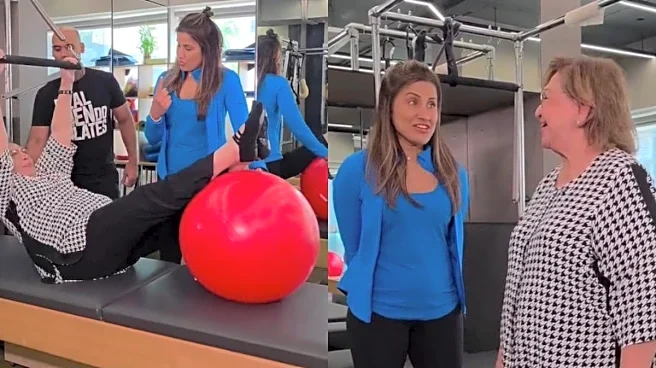
Physical exercise helps in moving the body and when we do that, our brains produce endorphins to make us happy. And so, it is safe to say that movements that shape our bodies, shape our brains. Over the last several years and decades, researchers have studied how certain exercises like dancing, martial arts and team sports help in increasing cognitive performance and boost the mood while promoting physical health as well. These activities go beyond just regular movement like jogging or weight lifting that improve cardiovascular health and promote muscular fitness but often lack the cognitive and social complexity that drives deeper brain engagement. Activities like team sports, dance and martial arts integrate learning with memory and also make use
of enhanced decision making. This combination of physical and mental challenge stimulates the brain in powerful ways and also helps in enhancing focus while making the mind flexible and even causing structural changes in the brain over time.
All these activities often involve:
- Timing and rhythm or pace
- Learning new techniques and adaptation
- Constant decision-making
- Interaction with other people
- Sensory processing and coordination
- Unpredictable movements
- Mental focus and emotional regulation
How dance, martial arts and team sports help enhance brain function?
- Repeated motor-cognitive activity strengthens white matter integrity in the brain and the functional connectivity between brain regions increases.
- These activities improve spatial awareness, attention and balance
- Studies also show how dance and martial arts increase cortisol thickness, help build better balance and improve attention control as well.
- Duration and dosage: How long do these effects last after the training has come to an end
- There are a number of individual differences wherein different martial arts, dance styles and team sports activities may yield different effects depending on how they are taught and practiced.
- Biomarker diversity: Most research has focused on BDNF. However, other neurochemicals and inflammatory markers may also play a role.
/images/ppid_a911dc6a-image-175879204867379448.webp)



/images/ppid_a911dc6a-image-175887264381243799.webp)


/images/ppid_a911dc6a-image-175898809523259886.webp)

/images/ppid_a911dc6a-image-175899528222788349.webp)


/images/ppid_a911dc6a-image-175904122477682058.webp)


